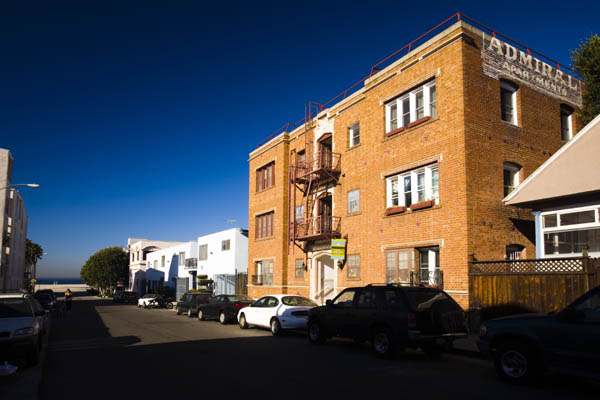
For years after the Great Recession of 2008, American real estate buyers both commercial and residential have enjoyed historically low interest rates. Judging by recent developments however; this trend may soon be coming to an end.
In November 2016, mortgage interest rates increased rather steeply in what was known as the “Trump jump” a reaction to the uncertainty in financial markets brought about by the largely surprising election results. Interest rates remained relatively high in the first quarter of 2017 but have since tapered down from the initial jump.
Other market factors however; may soon push interest rates higher again. Most notably, the Federal Reserve’s move to increase federal funds rate can have a significant impact on mortgage rates.
Federal funds rate and mortgage rates
In December 2016 and in March 2017, the Fed raised federal funds rate by 0.25% and it has announced plans for more increases toward the latter part of 2017. This is a strategy employed by the country’s financial managers to stop the economy from overheating and to keep inflation in check.
A rise in federal funds rates leads to corresponding increases in other key interest rates, particularly the 10-year treasury note. This then sets the tone for real estate and other long-term investments. Mortgage rates generally follow the trend of federal funds rates, consistently coming in at around 3% above the funds rates.
Higher mortgage rates have the effect of reducing consumers’ purchasing power. For residential properties, this could simply mean reduced buying activities. For commercial real estate however; other dynamics come into play.
Mortgage rate increases and commercial real estate investments
With an upward movement in interest rates, the normal response in the commercial real estate market is twofold: higher capitalization rate and lower selling prices.
Capitalization rate or cap rate is the ratio of the property’s earnings or annual net operating income (NOI) to the selling price. As a percentage of invested capital, a higher cap rate means better profitability.
Commercial buyers determine the purchase price for a property using the following formula: NOI/cap rate. Essentially, the buyer sets the cap rate based on their target earnings for the property.
The effect of mortgage interest rates to property prices comes through the cap rate. Buyers will tend to set high cap rates to offset the effects of high interest rates in the future.
While low cap rates are acceptable today, buyers need to think “resale.” When the time comes for them to sell the property, they will likely be met with demands for high cap rates to account for the higher mortgage interest rates buyers have to pay. In order to achieve a higher cap rate, the selling price will need to be adjusted accordingly.
Offsetting the effects of higher mortgage rates
In a high interest rate scenario, one dynamic that could work in favor of the seller is inventory shortage. If there are fewer options on the market, investors may be convinced to accept a lower cap rate.
A bright spot to consider is that the increase in mortgage rates could actually mean that the economy is looking up. If the improving economy leads to inflation, it can result in higher rental fees and higher property values.

